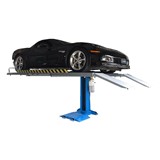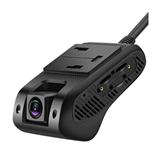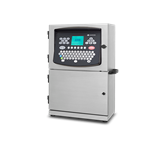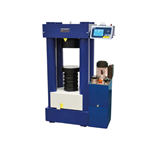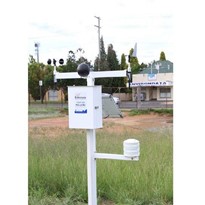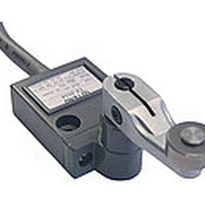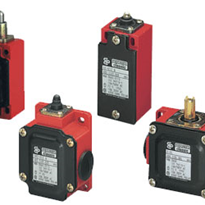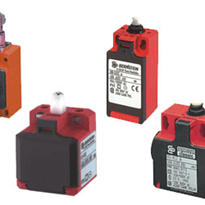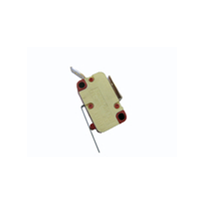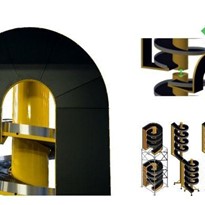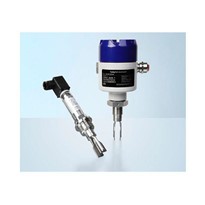Most of the continent’s iron ore is mined in the Pilbara region, where Roy Hill runs a 55 million tonne per annum (mtpa) mining, rail and port operation, currently rising to 60 mtpa. Here, Hitachi equipment plays a vital part in supporting the business export to key international markets. As a margin-focused business, Roy Hill aims to maximise the return for each tonne of ore produced. This focus means the operation is not simply concerned with the amount of iron ore dug from the ground, but rather the sustained, low-cost production of iron ore, of consistent quality and grade. Roy Hill’s iron ore travels 344km along its dedicated railway to Port Hedland, where the product is loaded onto ships at the port. Roy Hill’s first shipment was exported in December 2015. A constant supply of cargo has left the two-berth wharf ever since, bound for Japan, Korea, China and beyond.
The bigger, the better
The Roy Hill mine fleet includes 24 of Hitachi’s largest rigid dump trucks, the EH5000AC-3, as well as three of Hitachi’s largest excavators, the EX8000-6. This is in addition to five EX5600-6s, four EX3600-6s and a single EX1200-6 excavator.
All of these models are manufactured to the highest standards at the Hitachi Construction Machinery Co., Ltd factory, Hitachinaka-Rinko Works, in Japan. Here, they are assembled, painted, checked and tested, then disassembled for shipping to customers around the world. The factory is conveniently located next to Rinko port, and delivery to Australia takes approximately one month.
Hitachi dump trucks and mining excavators are designed to work perfectly together and share proven Hitachi technology and components. The dump trucks for example, include an advanced AC drive system developed for Japan’s high-speed bullet trains. Key electrical components are designed and manufactured at Hitachi Ltd’s Omika Works factory, located approximately 15km away. These include the control cabinet, rectifier and IGBT. Travel motors are manufactured at another Hitachi facility, Yamate, also located nearby to Rinko.
Long-term reliability
To ensure Hitachi machines are developed with high levels of quality, safety and durability, they are tested rigorously 24/7. This takes place at the Urahoro test site on the northernmost of Japan’s main islands, Hokkaido, where temperatures can reach -30°C in winter.
A 5km-long track has been specially developed for the dump trucks, with a 1km straight, and varying degrees of slopes to simulate mining conditions. During testing, Hitachi examine aspects such as the brakes and steering to ensure that they conform to the appropriate ISO standards. Tests on the Hitachi Drive Control System (consisting of slip side control, pitch control and side skid control) are designed to ensure stable haul cycle times, and high levels of productivity, safety and efficiency.
Further examples of tests at Urahoro include the peripheral vision system Aerial Angle, and software updates to the machine’s integrated computer systems. Such stringent procedures are a vital part of the development process at Hitachi. They ensure its equipment continues to meet the requirements of customers such as Roy Hill.
At Roy Hill’s mine site in the Pilbara, the process starts with clearing, removing and storing topsoil for progressive rehabilitation once pits have been mined. As part of Roy Hill’s environmental compliance, the land will be returned to its original state once mineral extraction is complete. Once the topsoil is removed, the remaining earth is drilled and loaded with explosives.
After drilling and blasting, an excavator loads the Hitachi AC-3 dump trucks with bulk waste, which is taken to various dumping locations. The ore product is transported to the crushers, where it is screened and sized.
Once processed, the ore is washed, dried and stockpiled ready to be loaded onto train wagons for the 344km journey to Port Hedland. Twenty-six locomotives are used in various driving configurations with up to 236 ore cars hitched together.
At the purpose-built port facility, the ore cars are unloaded by the rotary car dumper, before ore is stacked and loaded onto ships bound for international markets.
An integral role
Up to six of the 2.6km-long trains are loaded with iron ore every day to meet current production requirements. The reliability of the Hitachi dump trucks to move the initial bulk material and satisfy this huge demand cannot be underestimated.
Roy Hill’s Head of Mining, Ian Wallace, explains: “The Hitachi dump trucks are operating in tough conditions, and the fact that they’ve been rigorously tested in Japan gives us confidence.
“We have 24 of the EH5000AC-3s on site and they’re ideally matched to the scale of our operations, and to our EX8000-6 excavators. They provide us with an economy of scale in our bulk waste movement and there is also the benefit of maintaining electric drive machines over conventional mechanical drive models.”
With the mine running 24/7, machine reliability, or ‘asset health’ as it is known in Australia, is paramount, requiring close collaboration between Roy Hill’s specialist technicians and Hitachi representatives. Preventative maintenance and access to operating performance data from Hitachi’s remote monitoring solutions, including Global e-Service and ConSite, is key.
“Since having the EH5000s we’ve had so much support from Hitachi,” says Kevin Weary, Superintendent, Hauling & Ancillary. “We’ve got a couple of Hitachi representatives on site full time and they help with all the asset health. They give us the data we need as and when required.
“Moving forward with the remote monitoring system, we’ll get the data daily and be able to improve our maintenance packages as a result. Since the trucks have been on site, they’ve performed really well, we’re very happy with them.”
View from the cab
Operator safety and comfort are also vital. Shifts are long, conditions are always challenging, and the sheer size of the trucks is significant. The operator sits high above ground level and commands a 500-tonne machine capable of speeds up to 56km/h, carrying loads up to 296 tonnes.
Fortunately, the Hitachi trucks have been designed and developed with safety and performance in mind. Ergonomics play a key part in the cab design, which offer superior operator comfort and a great field of view. Another benefit is the Aerial Angle system, which provides the operator with all-round vision of what’s happening outside of the truck.
Ancillary Operator Tarra Ninyette explains: “The Aerial Angle is a fantastic safety system that’s fitted to the Hitachi trucks. It provides us with object detection and collision avoidance technology that allows the trucks to operate in a safe and productive manner.
Pink is the new orange
All the Hitachi EH5000AC-3 dump trucks owned by Roy Hill have their trays painted bright pink in support of breast cancer patients and research, and to honour the large number of women working alongside the men in these often tough conditions.
“Our Executive Chairman, Mrs Gina Rinehart, actively supports breast cancer patients and research, having started back in the early 1990s Australia’s then first breast cancer foundation, and the pink trucks campaign continues this initiative,” confirms Ian.
“Many of the trucks are named after people in the company who’ve been affected by and battled breast cancer, or partners of Roy Hill. This has touched many of our staff who are also champions of the cause. We have five pink locomotives, 130 pink ore cars and will soon have a pink WHIMS (wet high intensity magnetic separator) plant. In addition, our Chairman is also Godmother of the world’s first pink bulk ore carrier ship, the Berge Toubkal, the newest in the Berge Bulk fleet, and the largest ship to carry the Roy Hill ore.”
While the colour of the equipment sends a clear message, the performance of the Hitachi dump trucks and excavators also speaks for itself. As a result of high-quality manufacturing and engineering in Japan, and proven in-house technology from the Hitachi Ltd. group, as well as rigorous testing and continuous after-sales support, the Hitachi machines at Roy Hill are delivering long-term reliability in arguably the toughest conditions on the planet.



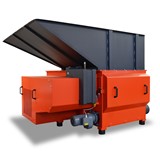
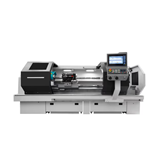

-160x160-state_article-rel-cat.png)
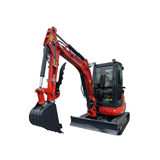


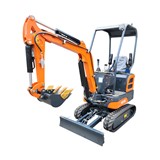

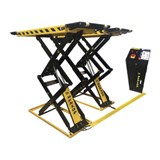
-160x160-state_article-rel-cat.png)
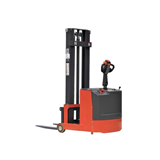
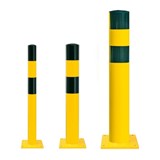
-160x160-state_article-rel-cat.png)
-160x160-state_article-rel-cat.png)
